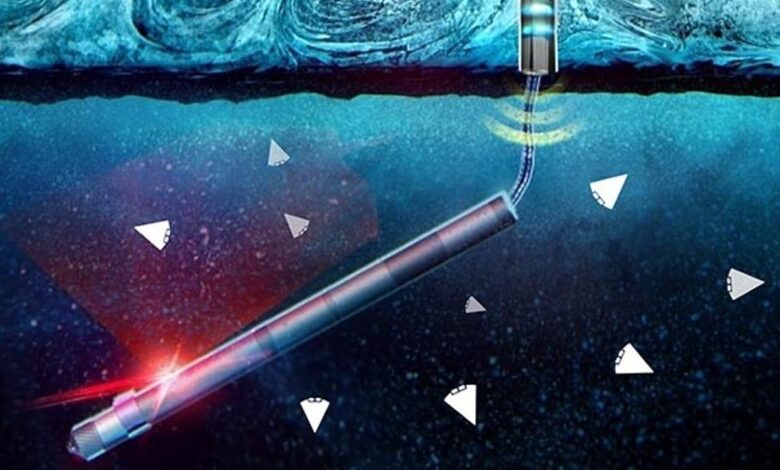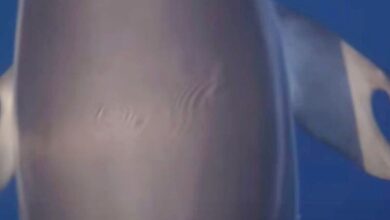Nasa unveils swarm of alien-hunting robots

Nasa has unveiled a plan to unleash swarms of cellphone-sized robots to hunt for alien life on other planets.
The US space agency developed the Sensing With Independent Micro-Swimmers (SWIM) concept for exploration of inhospitable planets and celestial bodies, such as Jupiter’s moon Europa or Saturn’s moon Enceladus.
The robots would be packed into an ice-melting probe that sinks through the miles-thick icy shell of planets, before a mechanism releases them underwater to take measurements of the previously-impossible to reach oceans.
Nasa’s Innovative Advanced Concepts program awarded a $600,000 grant to Ethan Schaler, a robotics mechanical engineer at the agency’s Jet Propulsion Laboratory, to study feasibility and design options, with the hope of building a 3D-printed prototype within the next two years.
“Where can we take miniturised robotics and apply them in interesting new ways for exploring our solar system?” Schaler said.
“With a swarm of small swimming robots, we are able to explore a much larger volume of ocean water and improve our measurements by having multiple robots collecting data in the same area.”
Nasa said the innovative design would increase the likelihood of detecting evidence of life, while also assessing the potential habitability of distant planets.
Each robot would be equipped with its own propulsion system, onboard computer and ultrasound communications system. A host sensors would also allow them to measure temperature, salinity, acidity, pressure and biomarkers.
The SWIM concept is not yet part of any Nasa mission, but the robots could potentially be part of the payload for the Europa Clipper mission in 2024. This mission will arrive at the Jovian moon in 2030, where it will begin gathering detailed scientific information.
“What if, after all those years it took to get into an ocean, you come through the ice shell in the wrong place?” said Samuel Howell, a SWIM team scientist at Nasa.
“What if there’s signs of life over there but not where you entered the ocean? By bringing these swarms of robots withus, we’d be able to look ‘over there’ to explore much more of our environment than a single cryobot would allow.”





